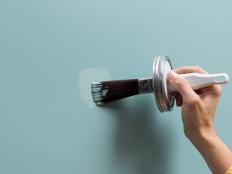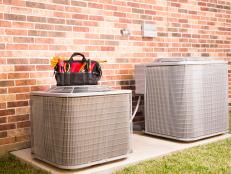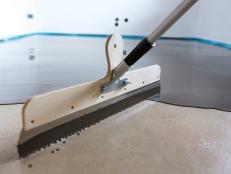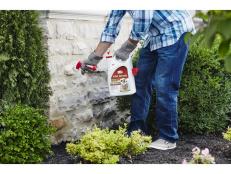Protecting Plaster
Q: I live in a 100-plus-year-old home. It belonged to my grandfather, and I want to keep it in good condition. The walls are four bricks thick, with plaster on the inside walls. I'm concerned about moisture damaging the plaster, because sometimes, after a heavy rain, I see stains. Will this damage the plaster?
A: Adding a vapor barrier would only cause additional damage to the plaster. This older brick home was designed to soak up and store huge amounts of moisture to prevent damage to the interior wood and plaster. After a heavy rain, the four courses of brick in the all-masonry home release the stored moisture to all six sides of the wall. The moisture problems begin when the sun heats the brick, forcing the moisture through the wall to the interior.
This wetting and drying process was taken into account by the original builders and should not be a concern.
In an all-brick home the interior plaster is sacrificial. It is designed to fail over the years to protect the brick and the bricks mortar.
Adding an interior vapor barrier would trap the moisture between the bricks interior plaster and the new wall.
Simply monitor the walls for damage and repair as needed. If the plaster gets damp, it will dry. If it fails, it can be patched.
If you cover it with vapor barrier-type paint or vinyl wallpaper, you will only cause the damage to accelerate.
Patching and painting are all you need to do.
(Dwight Barnett is a certified master inspector with the American Society of Home Inspectors.)













































